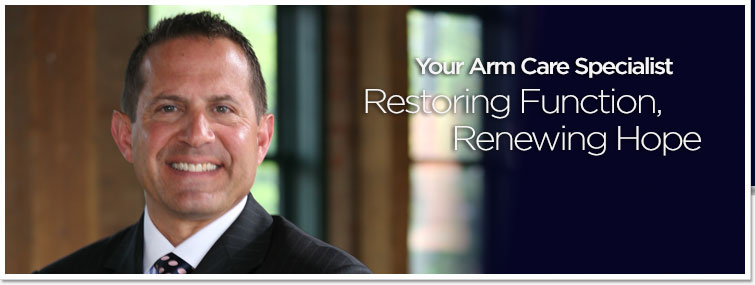NOTICE:
Our Practice has MOVED
Our new location is:
Suite 405
1815 South Clinton Ave
Rochester, NY, 14618.
The NEW phone number is 585-565-3500
Our Practice has MOVED
Our new location is:
Suite 405
1815 South Clinton Ave
Rochester, NY, 14618.
The NEW phone number is 585-565-3500

For appointments call
585.565.3500
Fax Number:
585.434.4081
585.565.3500
Fax Number:
585.434.4081

"I've Seen You Before"
October 23rd, 2010
I was in Toronto this past week to take my son to “Wicked” during a brief mid-term hiatus from 7th grade. Because we are “Top Chef” fans (televised on Bravo), we jumped at the opportunity to meander through a “Whole Foods” store around the corner from our hotel----popularized on Top Chef as the place where the Chefs shop. Obviously with Wegmans here in town, it did not provoke the “Wow” response that it might have otherwise.However, I was struck by the comment of a delightful clerk at the bakery who “sized-up” my son and asked if he was 11 years old. Though Nick is 12, she was not far off.
It made me think about the value of “patterns.” Though this woman was culturally diverse, and in a “foreign country”, she was indeed quite nearly correct in her prediction about my son’s age, based on her sense of his appearance and perhaps how his voice sounded.
So too am I often aware of common presentations in the office when assessing new patients with shoulder, hand or elbow pain. Formulating an impression begins by listening to the history—how the symptoms began, their duration and characteristics, whether there has been any treatment, and ultimately I may have a pretty good sense of what’s going on after performing a physical exam.
“I have seen you before” is something that I think and share, not uncommonly—reflecting the fact that through my experiences over the last 16 years, I may have taken care of a patient with a very similar presentation.
Of course it goes without saying that every patient is an individual, and notwithstanding the value of pattern recognition, one always has to look for exceptions to the rule. That having been said, the ability to share with a patient a “prediction” regarding how they will fare with certain treatment options is indeed based, in part, on this notion of “having been there before” as well as an appreciation of “best practices” and what the “evidence base” is.
Also valuable is an honest consideration of the patient’s self-assessment .
It’s for that reason that I have provided a ‘Forums” section on www.rearmyourself.com
Through connecting patients to patients, and sharing perspectives, I am hopeful that we can improve mutual understanding, the quality of care, and patient satisfaction.
Replies
Fazio
I have experienced similar customer service. In turn, I want to continue doing business with that person.
In todays fast paced business environment, personal attention to the consumer has become a rarity instead of the norm. I applaud you for your extraordinary patient care.
Joe
October 27th, 2010 @ 9:56 am



